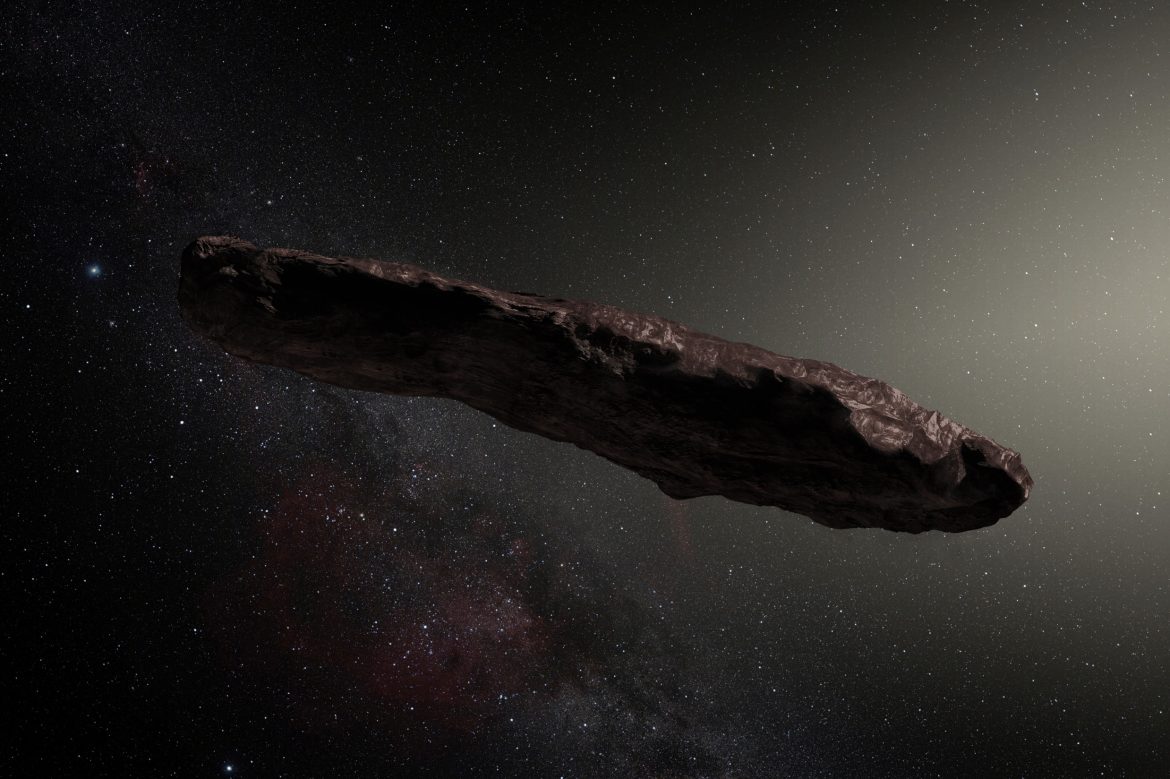
We Have A Visitor from Outer Space
December 24, 2018
Science Fields
Tags
The first known interstellar object was observed in September 2017 and was even given a name. We had the opportunity to observe Oumuamua for 30-35 days, and although it is a long way off from us now, we still obtain new information about it.
Here are the few facts scientists managed to learn in a limited time have in hand about Oumuamua, our first visitor from outside the Solar System:
- First detected by the observers working with Hawaii’s Pan-STARRS 1 telescope, Oumuamua roughly means “the first visitor arriving from afar” in the Hawaiian language.
- The fact that NASA’s infrared telescope Spitzer failed to detect Oumuamua means the object was much smaller than initially thought, only about 100 to 400 metres in size.
- Oumuamua’s trajectory tells us that it entered our Solar System from the direction of the constellation Lyra, but it’s impossible to tell where this foreign object exactly came from as it has been travelling in the outer space for thousands of years.
- The scientists figured out that Oumuamua was not originated in our Solar System by looking at its speed of 87.3 kilometres per second. Comets and asteroids from within our solar system move at a much slower speed, generally about 19 kilometres per second.
- The object went through an unexpected change in speed and direction after its closest approach to the Sun. This additional force is believed to be the consequence of jets of gas expelled from its surface, acting like a small thruster. Such outgassing also suggests that it has a comet-like composition.
- Telescope observations detected large variations on the object’s surface brightness, which suggested that it has an elongated shape. Still, its exact shape is unknown because of its small size.
- Oumuamua did not get caught by the Sun’s gravity and is going on with its space travel in the direction of the constellation Pegasus. It will not come back.
- Our first visitor from outside the Solar System is now beyond the reach of any observation tools we currently have, meaning it is now impossible to obtain more information about it.
REFERENCES
- 1. https://www.nasa.gov/feature/jpl/nasa-learns-more-about-interstellar-visitor-oumuamua
- 2. https://www.engadget.com/2018/11/18/oumuamua-size-and-reflection-findings/
